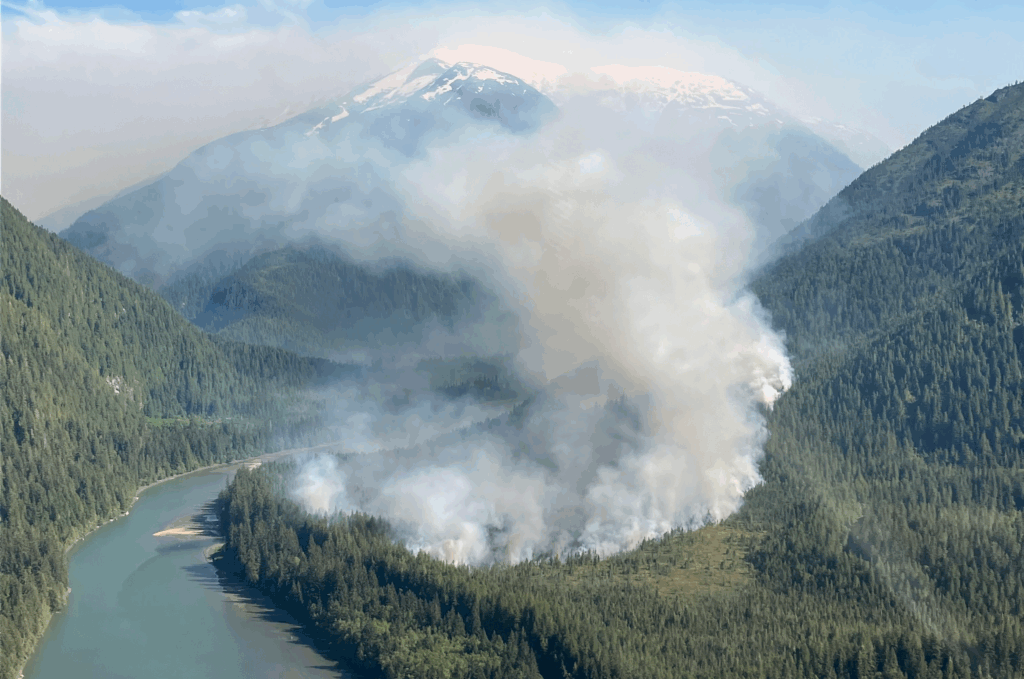
Introduction
The ongoing wildfire season in British Columbia (BC) has captured national attention due to its significant impact on communities, wildlife, and the environment. As climate conditions continue to change, the frequency and intensity of wildfires in the province have risen, prompting public warnings and safety measures for residents. Understanding the current wildfire situation is crucial, not only for those directly affected but also for Canadians as a whole, as these incidents have far-reaching implications on air quality, health, and local economies.
Recent Events and Statistics
As of mid-October 2023, BC has witnessed an alarming number of wildfires, with over 400 incidents reported this year alone. The BC Wildfire Service has declared multiple regions under evacuation alerts and orders due to the rapidly changing fire conditions. The most severe wildfires have been noted in the Okanagan Valley and coastal areas, with dry conditions exacerbated by high winds and rising temperatures.
This year, over 1 million hectares of forest land have been scorched, which is a stark reminder of the ecological challenges the province faces. The immediate effects on wildlife habitats, air quality, and local communities are profound. Smoke from wildfires has also impacted air quality indexes across the province and into neighboring regions, leading to a public health advisory.
Government Response and Safety Measures
In response to the escalating situation, the provincial government has mobilized resources, deploying firefighters and aerial support to manage and control the blazes. The Coordination Centre for Emergency Management has also been activated, allowing for regional assistance and support to affected communities.
Residents are urged to stay informed through official channels and to adhere to evacuation orders when necessary. The BC Wildfire Service has also recommended preparedness measures, such as creating defensible space around homes and ensuring emergency kits are readily available. Community education is critical, as local workshops on wildfire preparedness are being offered throughout the province.
Conclusion
The current BC wildfire situation highlights the urgent need for proactive measures to combat and manage these challenges. As the province continues to face increasing wildfire risks, ongoing education, preparedness, and community resilience will be crucial. Observations and trends show that this issue will likely persist and may intensify in the coming years, making it imperative for residents and authorities alike to work collaboratively in safeguarding life and property against future wildfires. The current landscape urges all Canadians to recognize the broader implications of climate change and to take a stand for environmental stewardship.



